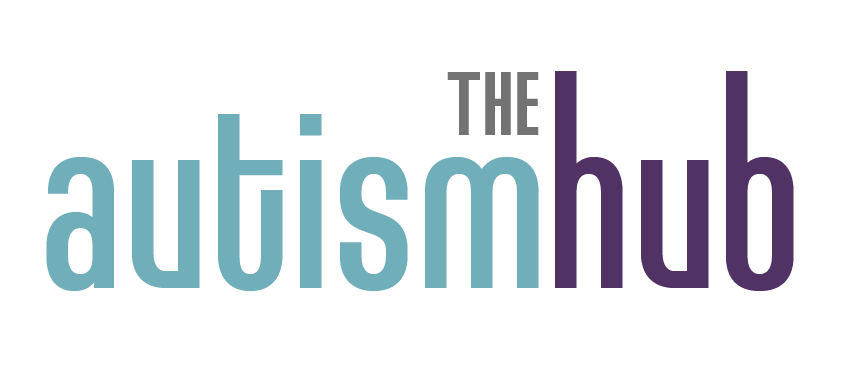We all make transitions in our day. This might be leaving our computer to get a coffee, driving to work, or simply shifting from one task to another.
Supporting transition for success
As adults, we use a range of tools to help us navigate our way through the day. For some people it might just be remembering your usual routine and working through it, setting an alarm, writing a to-do list or getting a reminder. This helps us to stay on task, as well as move from one thing to another in a timely and appropriate manner.
Individuals with a disability often find it difficult to predict what is happening in their day as well as plan and execute transitions. Transitions for people with ASD can be a stressful and confusing process that often results in emotional dysregulation or disengagement. When we look at the nature and core characteristics of ASD (deficits in social communication and restricted and repetitive behaviours), it is evident that having these types of skills are predictors for success when transitioning.
Difficulties in transitions can be a result of, but not limited to:
- Comprehension difficulties
- Environmental distractions
- Sensory processing difficulties
- Delayed processing time
- Motivation
- Emotional memory
At Giant Steps, students are provided with a number of supports as they move through activities, sessions and their various learning environments. Supports can be broken down into proactive strategies or more ‘in the moment’ strategies. There is no one size fits all when it comes to supporting an individual when making a transition. Working collaboratively within class teams helps us to breakdown where/why a student might be experiencing difficulty. This allows us to think more widely about their day (is moving to the playground tricky because they are not motivated? Are they unsure of the route they are taking? Is there an emotional memory that they are holding onto that makes them dislike this space?) and evaluate some of the possible barriers. As a speech therapist, I am often focusing on the students comprehension, their individual learning style and expressive communication abilities. Whilst this is important, working as a team to problem solve is an invaluable effort when supporting individuals with ASD.
There is no such thing as ‘over supporting’ an individual, as so often with ASD their ability to comprehend information is superseded by their difficulties with emotional regulation. Over supporting can often help us to see that there other changes we as adults need to make to support a particular transition such as making the end task more motivating or considering their sensory systems and better preparing their physical selves before they move onto to the next task. When looking at transitions there are a number of strategies you can consider using to best support individuals with ASD. This includes:
- visual supports or real objects to indicate the transition (i.e. using a toothbrush to indicate ‘time to brush our teeth’)
- First – then boards
- Forewarning before the transition occurs
- Count down or visual timers
- Clearly communicating that something has finished using natural gesture or a visual support before moving onto the next activity
- Providing the individual with a role in the transition (i.e. help carrying the drink bottles back to class)
- Reducing verbal language to allow the individual time to process the expectation
- Use less directive style language (e.g. ‘sit down’ versus ‘oh – chair’)
- Embed motivators
- Script expectations
- Establish clear routines and then gradually layer in language
- Be consistent in how supports are used across all key stake holders
- Create learning environments that clearly communicate expectations (i.e. label chairs/desks or use chalk to indicate the direction/spaces)
Using these types of supports helps prepare children/adults to initiate and carry out a transition. When these types of strategies are used, individuals with ASD are more likely to:
- reduce the amount of time transitioning
- demonstrate more appropriate behaviour during a transition
- rely less on adult prompting and are more available for learning tasks








